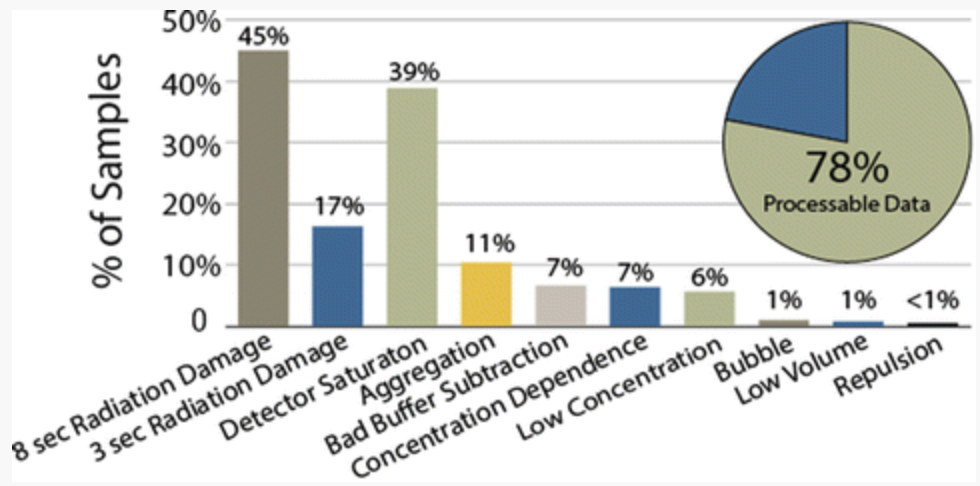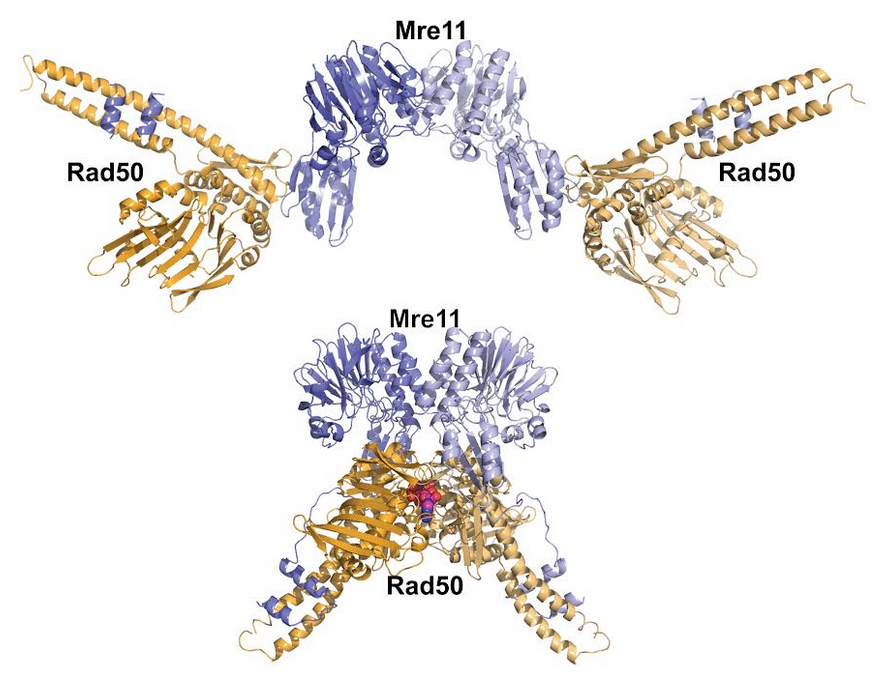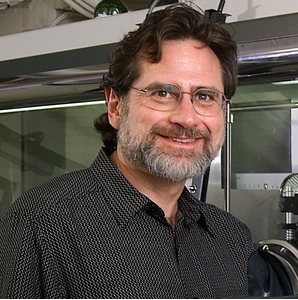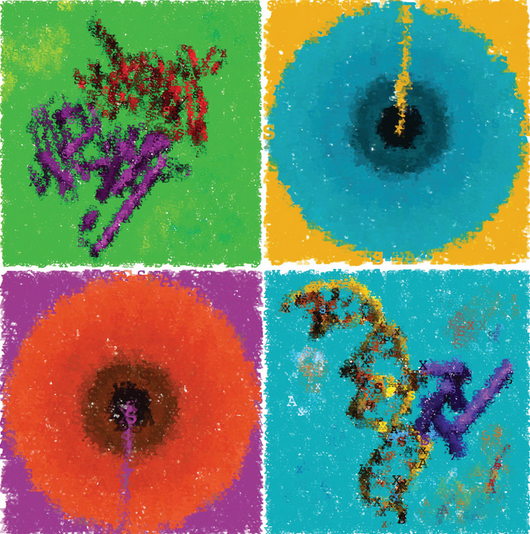SAXS Workshop “Frontiers in biological SAXS”
We are pleased to announce the 5th annual SIBYLS bioSAXS workshop “Frontiers in biological SAXS” Date: October 7-8, 2014 Location: Advance Light Source (ALS) at Lawrence Berkeley National Laboratory , Berkeley, CA Small angle scattering (SAS) is experiencing a dramatic increase in popularity within the structural biology community. The availability of synchrotron radiation, low-noise detectors,…
Read more






